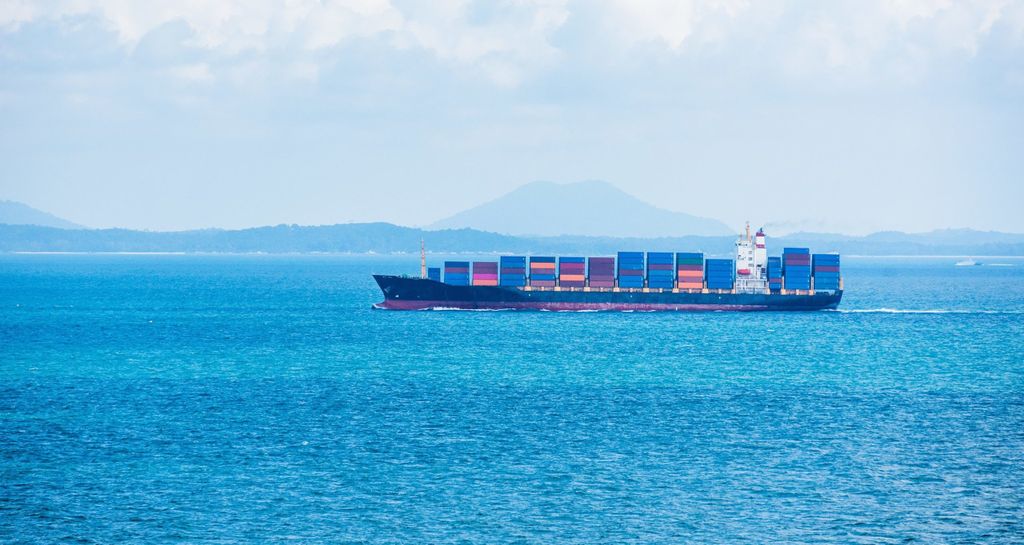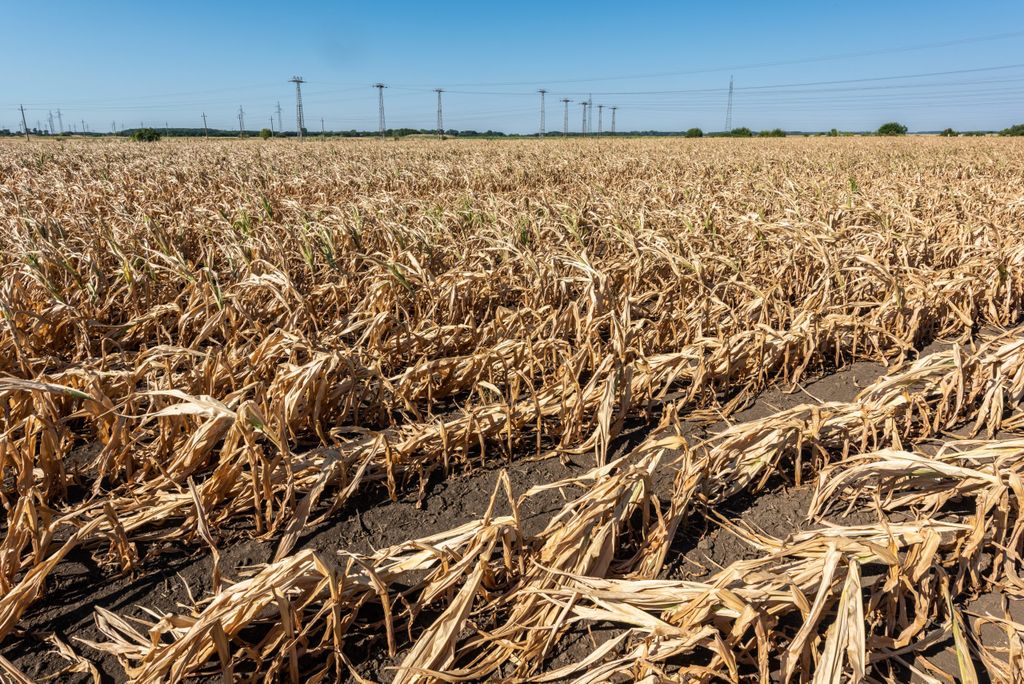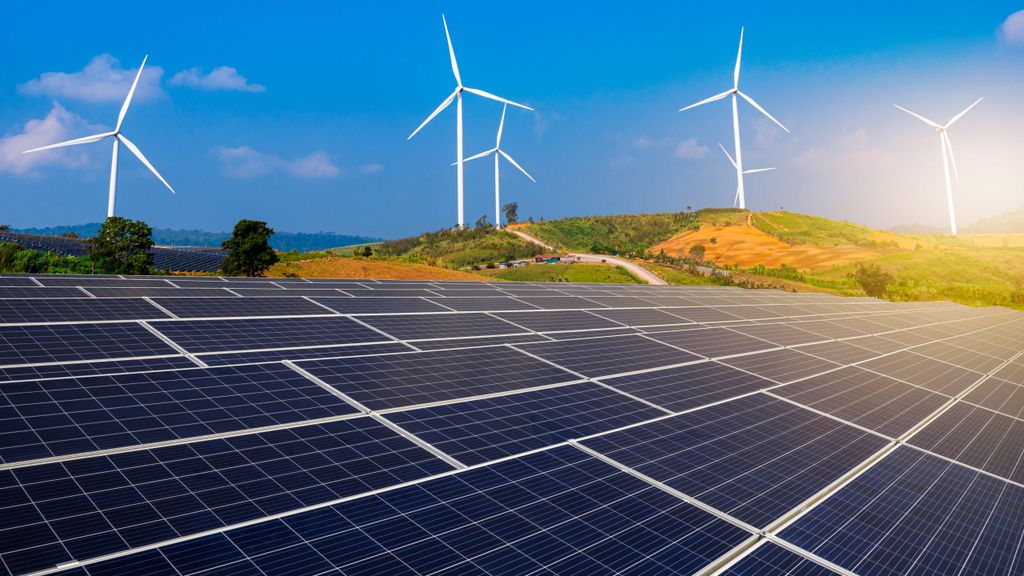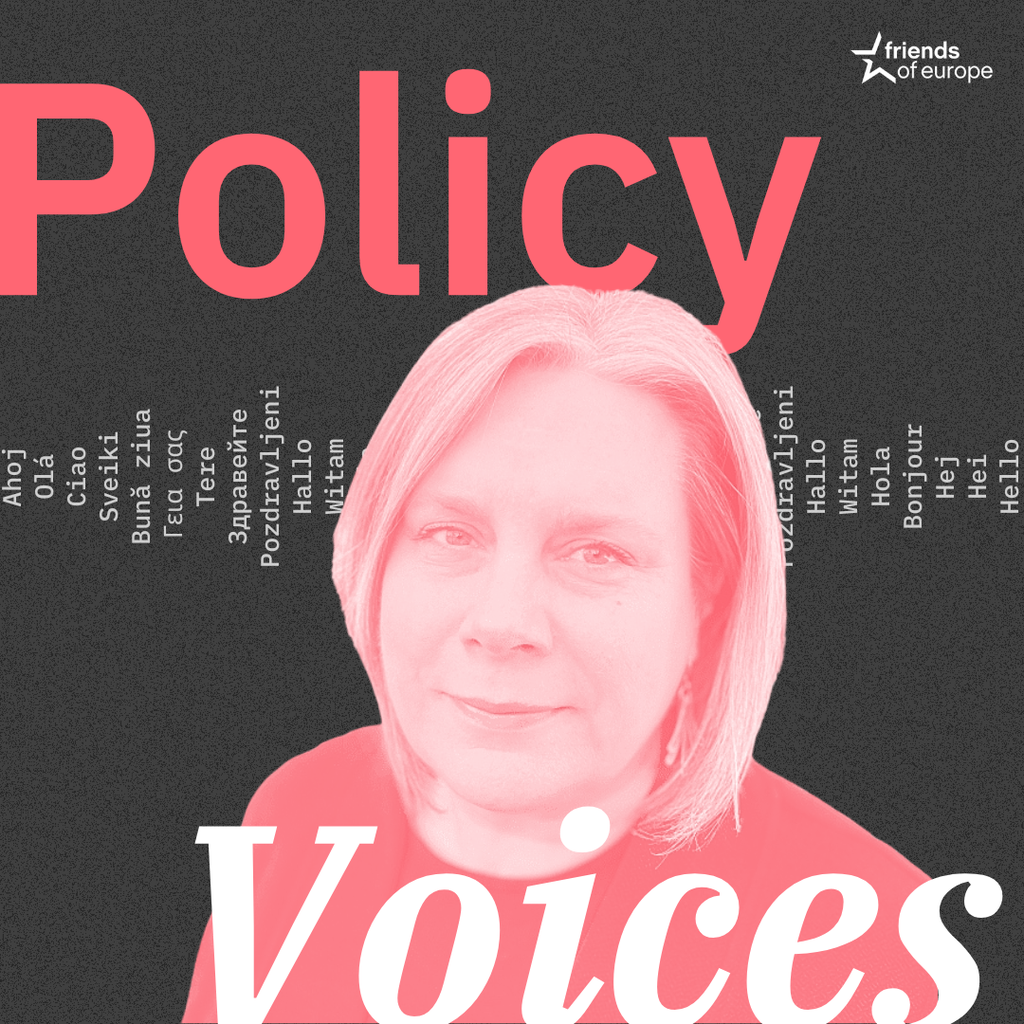Climate and Energy Summit 2025
Next event In person & livestreamed

- Area of Expertise
- Climate, Energy & Natural Resources
Climate, Energy & Natural Resources

Executive Director of Our Horizon and 2017 North American Young Leader
Robert Shirkey is a lawyer, founder of the Canadian climate change non-profit Our Horizon, TEDx speaker, and EYL40 Young Leader. He is also the author of The Banality of Oil
During the summer of 2010, BP’s Deepwater Horizon exploded causing millions of barrels of crude oil to spill into the Gulf of Mexico. While the world seemed content to blame BP, the reality is that the fuel we use has to come from somewhere under the earth. There is a disconnect. We may be thousands of kilometers away from such tragedies, but we are complicit.
This disconnect is perpetuated by many environmentalists whose upstream focus directs media attention and informs public discourse. In Canada, this means that climate change is discussed as a problem of oil sands, pipelines, offshore drilling, shipping, Alberta, and greedy corporations. We choose to point the mirror upstream, but does this focus result in meaningful reform or does it contribute to a distancing effect and result in market complacency? While this may not be a popular perspective among activists, it is worth contemplating what might happen if we reflect the mirror downstream to engage consumer demand.
To this end, governments should pass legislation to require climate change and air pollution disclosures ‒ “warning labels” ‒ for gas pumps. These labels would be similar to those we see on tobacco packages, though not necessarily as graphic. It is an idea that helps to close the experiential gap between our use of fossil fuels and their impact to create greater social impetus to address climate change.
Why warnings for gas pumps?
But why warnings for gas pumps? Here are eight key arguments for their use:
First, actual emissions: A well-to-wheel lifecycle analysis reveals that roughly 80% of greenhouse gas emissions come from end use; emissions from extraction, processing, and transportation of fuel pale in comparison to emissions from final combustion. Moreover, the only reason that all this upstream infrastructure continues to exist is because there is a market for the product it delivers. We can play the “us versus them” game but until we are willing to acknowledge that on the other side of that drill bit is someone holding a pump, there will always be pressure to bring oil to market.
Second, the inertia of the status quo: The act of pumping gas is a habitual, automatic behaviour that has been normalised for generations. The labels disrupt this consumer experience. Complacent, disconnected markets don’t drive change; a bit of discomfort with the status quo is a good thing. This provides impetus for individual behavioural change and stimulates greater demand for reform which, in turn, accelerates the delivery of solutions from governments and businesses.
Third, current moment bias: Psychologists observe that we tend to prefer interests that are small and near in time relative to those that are significant but experienced further in the future. This is known as “hyperbolic discount¬ing” or the “current moment bias” and it is one of the reasons we fail to act on climate change. The warning labels counteract this bias by connecting cause with effect to create feedback and give the issue greater saliency in our day-to-day lives.
Fourth, diffusion of responsibility: Social psychologists observe that when responsibility is shared among many, we are less likely to act. It is the paradox of “everyone is responsible, so no one individual feels responsible.” With climate change, our individual contributions are small but, collectively, our actions alter the chemistry of our planet. The labels address this by taking a problem of diffuse origins and making an individual feel more connected to it.
Fifth, the medium is the message: We consume information on climate change through media such as newspapers, internet, television, radio, and film. But these media, by virtue of their form, present the problem as distant or separate and are consumed in a passive manner. By contrast, with the labelling proposal, the medium – the gas pump – is the message. It engages the user in a manner that transitions them from passive observer to active par¬ticipant, which is a precursor to change.
All the world needs now is a government with the courage to lead the way
Sixth, communication of externalities: Carbon taxes and cap-and-trade regimes seek to convey the “true cost” of fossil fuels to market. Warning labels are simply a qualitative way of commu¬nicating externalities to market: what the price seeks to convey in a quantitative language (i.e. dollars and cents), the labels communicate in a qualitative language (i.e. image and text). This qualitative approach is particularly impor¬tant as behavioural economists observe that pricing mechanisms sometimes result in moral licensing and a continuation of the undesired behavior.
Seventh, disclosure of risk: Investigative journalists have been reporting that many in the petroleum sector understood the risks of their products yet mislead the public by either failing to disclose those risks or muddying the debate around the science. What more fitting remedy than a government-mandated disclosure of risk?
Last but not least, cost: According to a retail petroleum census, there are close to 12,000 gas stations in Canada alone. If you assume that each gas station has around 8 to 12 pumps, you get roughly 120,000 gas pumps across the country. Stickers are incredibly inexpensive to print. For some perspective, consider that installing solar panels on a home could cost around $35,000 CAD. This sum would easily cover a sticker for every single gas pump in Canada.
And Canada is not a unique case; gas pump warnings could be implemented by European Union member states. The idea received rousing applause during a session last November at COP23 and respresents a tangible way for EU countries to fulfill Article 12 of the Paris Agreement which calls for measures to enhance “climate change education” and “public awareness”.
All the world needs now is a government with the courage to lead the way.
Next event In person & livestreamed

Past event In person & livestreamed

Past event In person & livestreamed

Past event In person & Livestreamed





Stay informed
We use cookies and similar technologies to adjust your preferences, analyze traffic and measure the effectiveness of our campaigns. Learn more about our privacy policy.